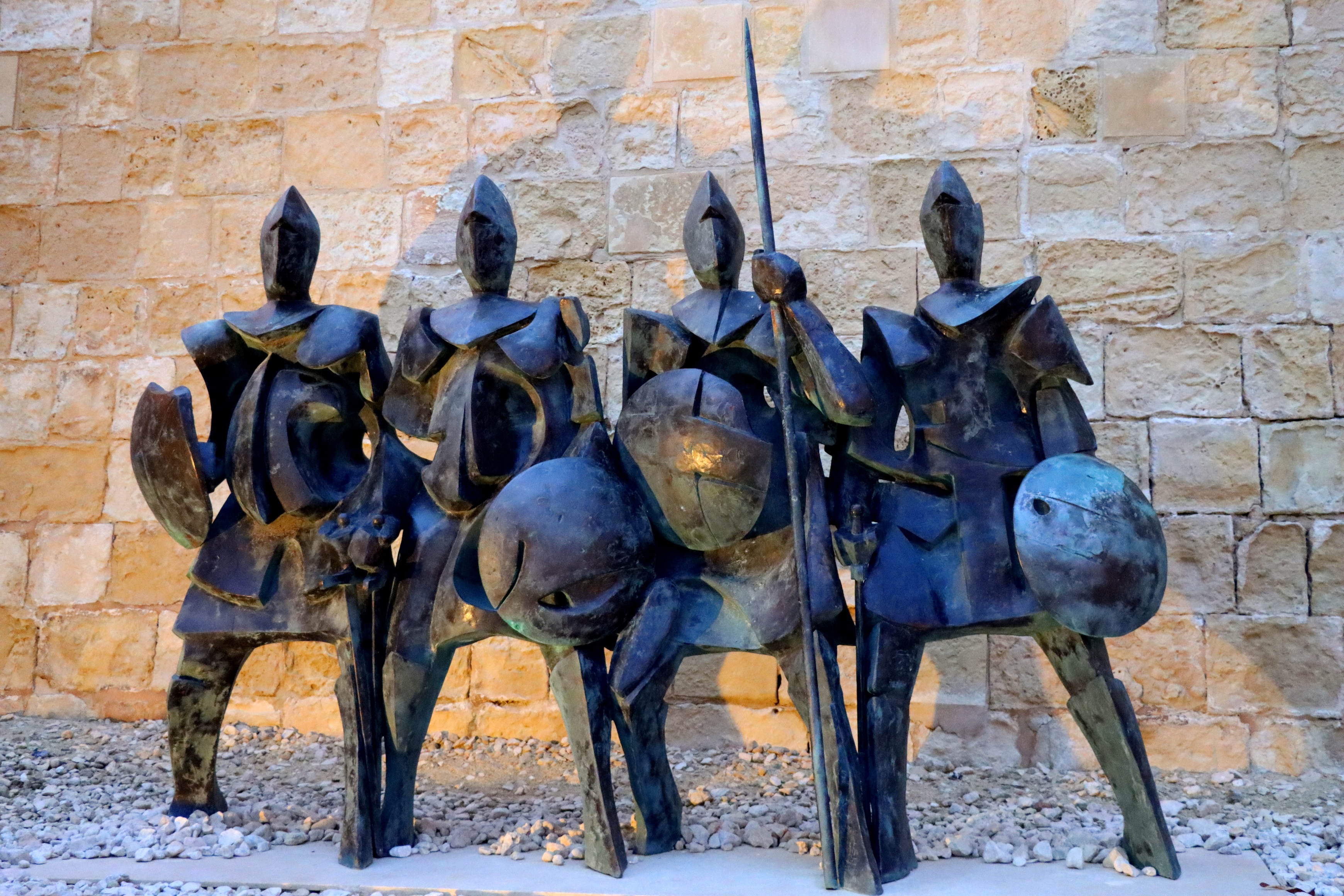
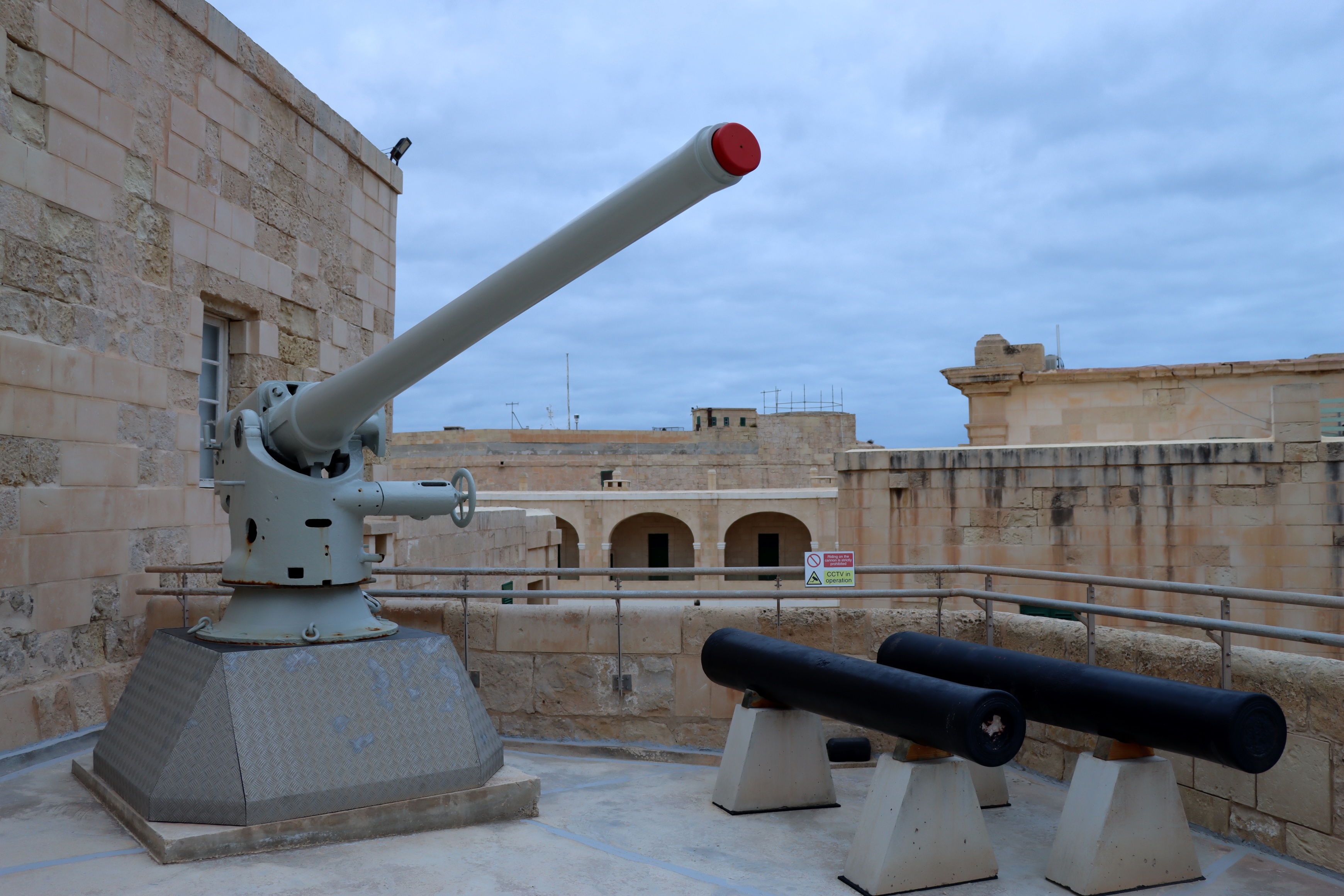
If you're in Malta for any length of time and want to explore a fascinating overview of the island’s military history, from the Bronze Age through the Middle Ages, including the arrival of the Knights, periods under British rule, the brief three-month French rule led by Napoleon Bonaparte, both World Wars, and the post-war rebuilding, this is a must-visit destination. Its strategic location offered panoramic views of the harbors and surrounding towns and was intended to ward off vicious attacks over the centuries. And, because the fort suffered Malta’s first aerial bombardment during World War II, it made perfect sense that the National War Museum would eventually find a home on the premises several years later.

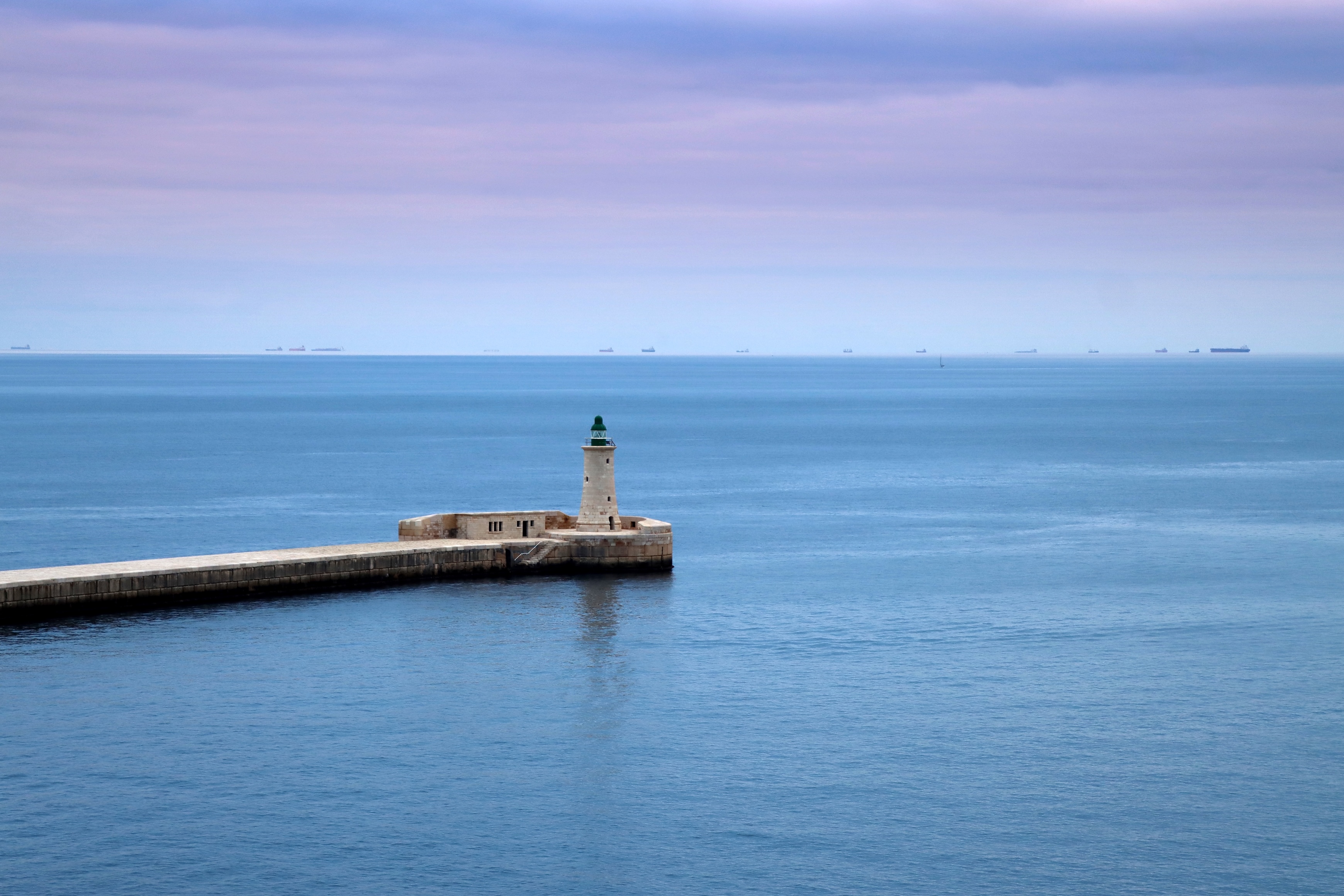
The National War Museum is separated into seven distinct sections and features an extensive collection of artifacts arranged in chronological order, covering 7,000 years, from prehistory to recent history, with a focus on the Great Siege and the two World Wars. All written information explaining the exhibitions is displayed in both English and Maltese, which my friends and I greatly appreciated. There were moments when we stood and read some of the history, marveling at what the island country had endured over such a long period.
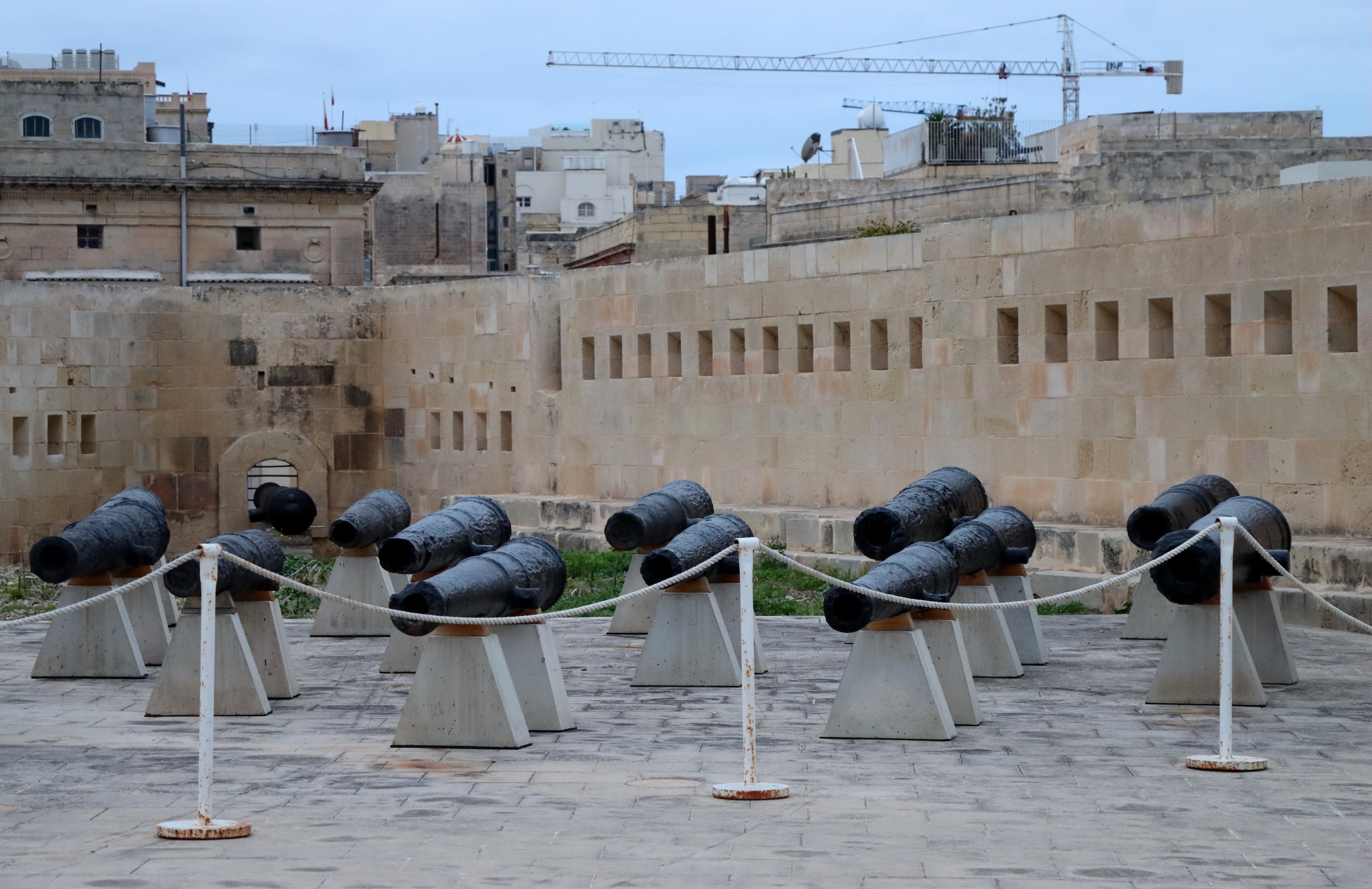
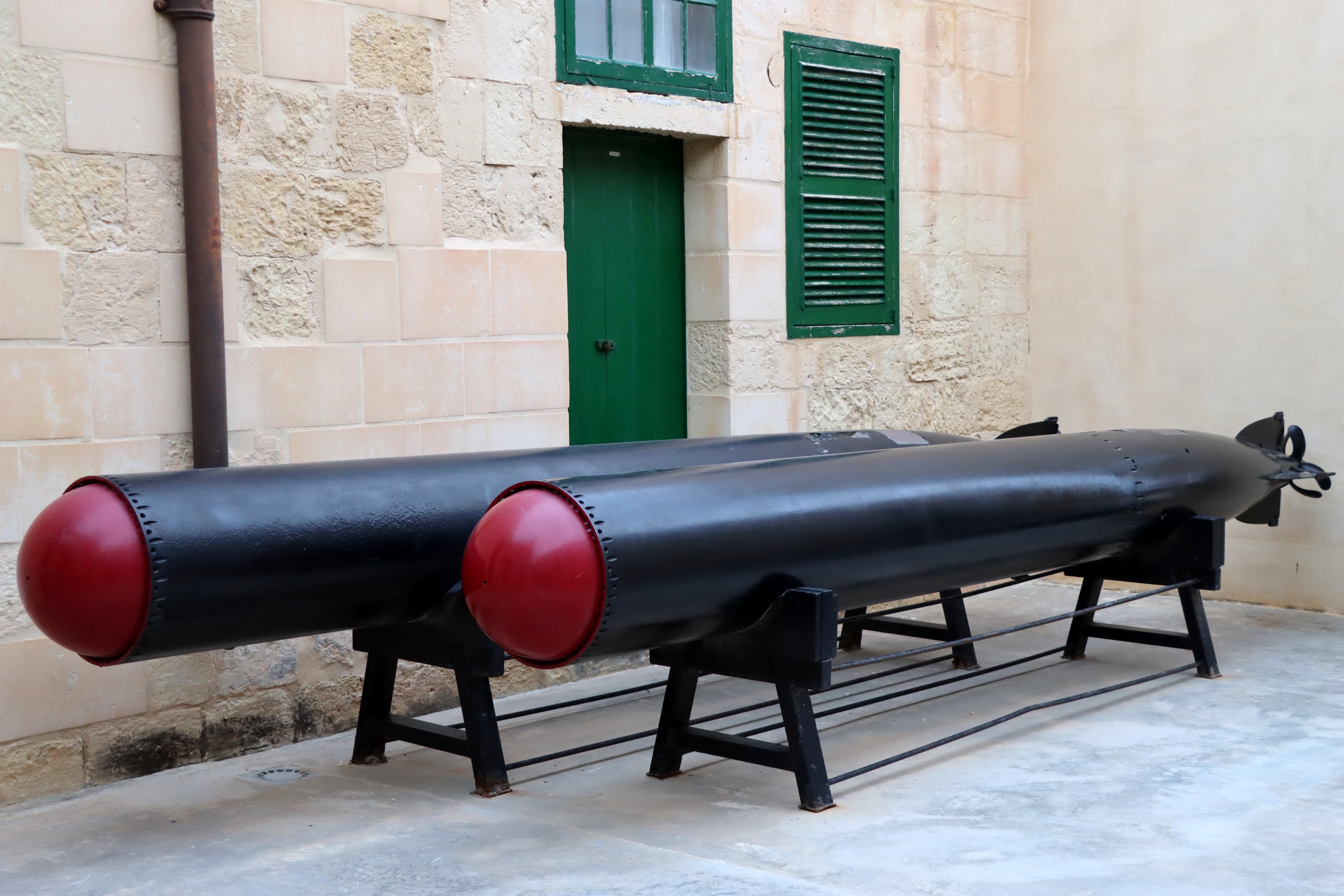
St Elmo opened to the public in 2015, and today it offers a unique opportunity to experience the star-shaped fort, which was constructed in 1552. To me, learning how old it was seemed almost impossible to imagine! America is only a few hundred years old, after all. (Just a baby!)
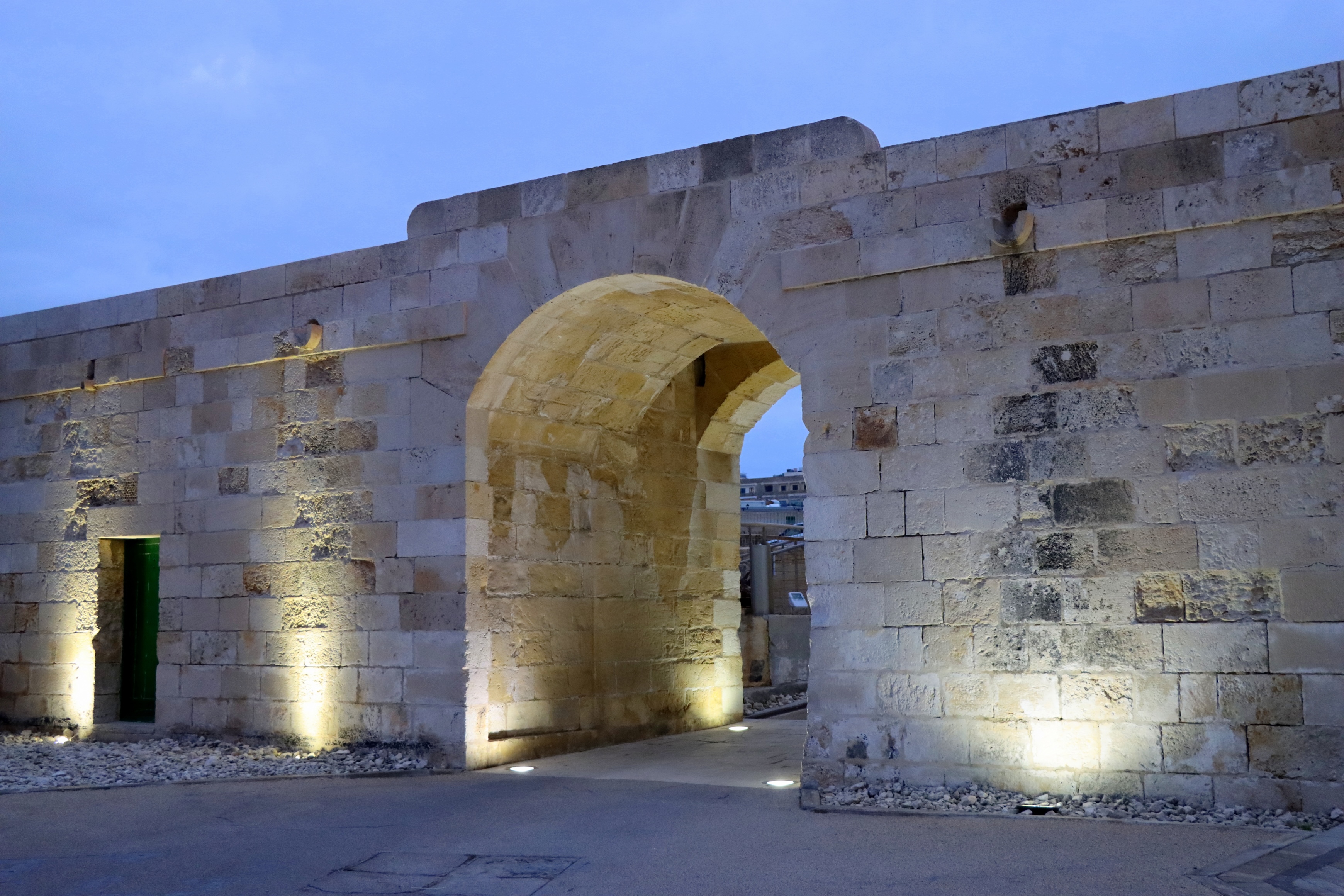
I’ve always been interested in learning about and writing on World War II, so when I was preparing to vacation in Malta last year, I conducted extensive research. In 1939, when the war began, Malta was a prized British possession, a tiny peninsula situated between Sicily and Tunisia. Strategically, it had been important since ancient times, with a succession of powers fighting to rule and shape its future. In 1940, hoping to keep Italy out of the war, the British government was on the verge of handing over Malta to Italian dictator Benito Mussolini. It would have been a bribe, for sure. Thankfully, Prime Minister Winston Churchill and others rejected the idea, and instead, Malta became vital to British efforts to maintain control of the Suez Canal and the Middle East.
The first assaults from Mussolini’s air force targeting Malta began on June 11th, mainly focusing on Valletta’s harbor. The small British garrison and Maltese population really didn’t have anything to combat the constant barrage of bombs. The planes they did have were already spoken for to defend the British or had been relegated to Egypt.
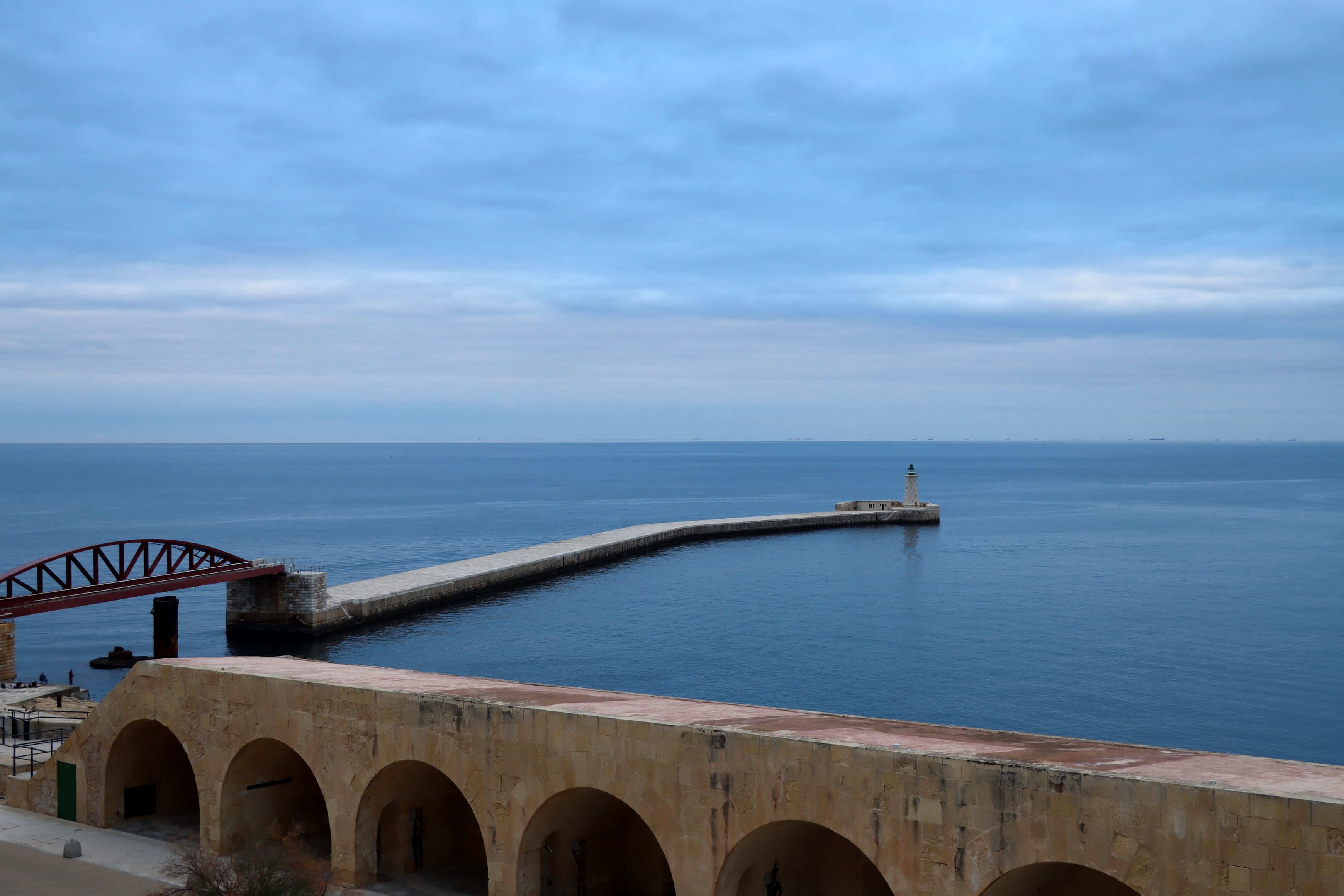
The air-raid sirens were heard at 6:55 am, as bombers attacked St Elmo. A stick of three bombs fell and exploded on the fort’s Cavalier, killing six Royal Malta Artillery gunners, including Boy Busutti, who was only 16.
The war was on.
It must have seemed like a miracle, when several crates were discovered from earlier in the war, left behind by a visiting aircraft carrier. Inside, there were parts of Gloster Gladiator biplanes, single-seater fighters which were already past their prime, more obsolete than useful. These planes were slow – 257mph - but they were durable and easy to fly. Besides that, the Brits were desperate to put something in the sky – it could serve as a sign to the people below that they were fighting to protect Malta from the enemy.
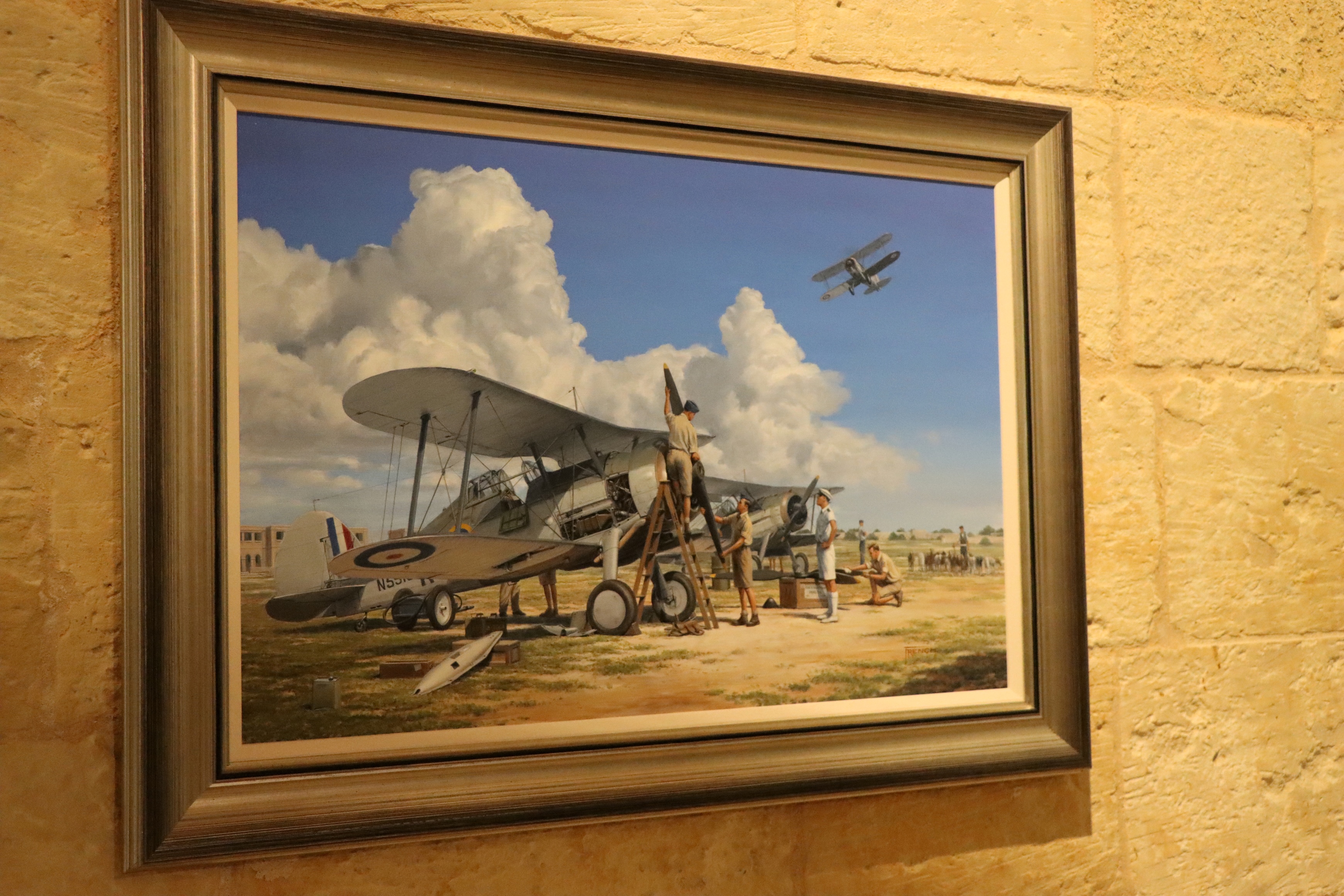
Air Commodore Foster Maynard’s mechanics were able to build six Gladiators, putting three in the air at a time. They would use the others for backup and spare parts. And, the Gladiators, later nicknamed Faith, Hope, and Charity by a Maltese newspaper, gave all they had against the Italian aircraft, diving fearlessly, willing to confront and engage the enemy, shooting down several aircraft over 10 intense days of combat, between June 11th and June 21st, 1940, when they were Malta’s only defense against the bombing raids.
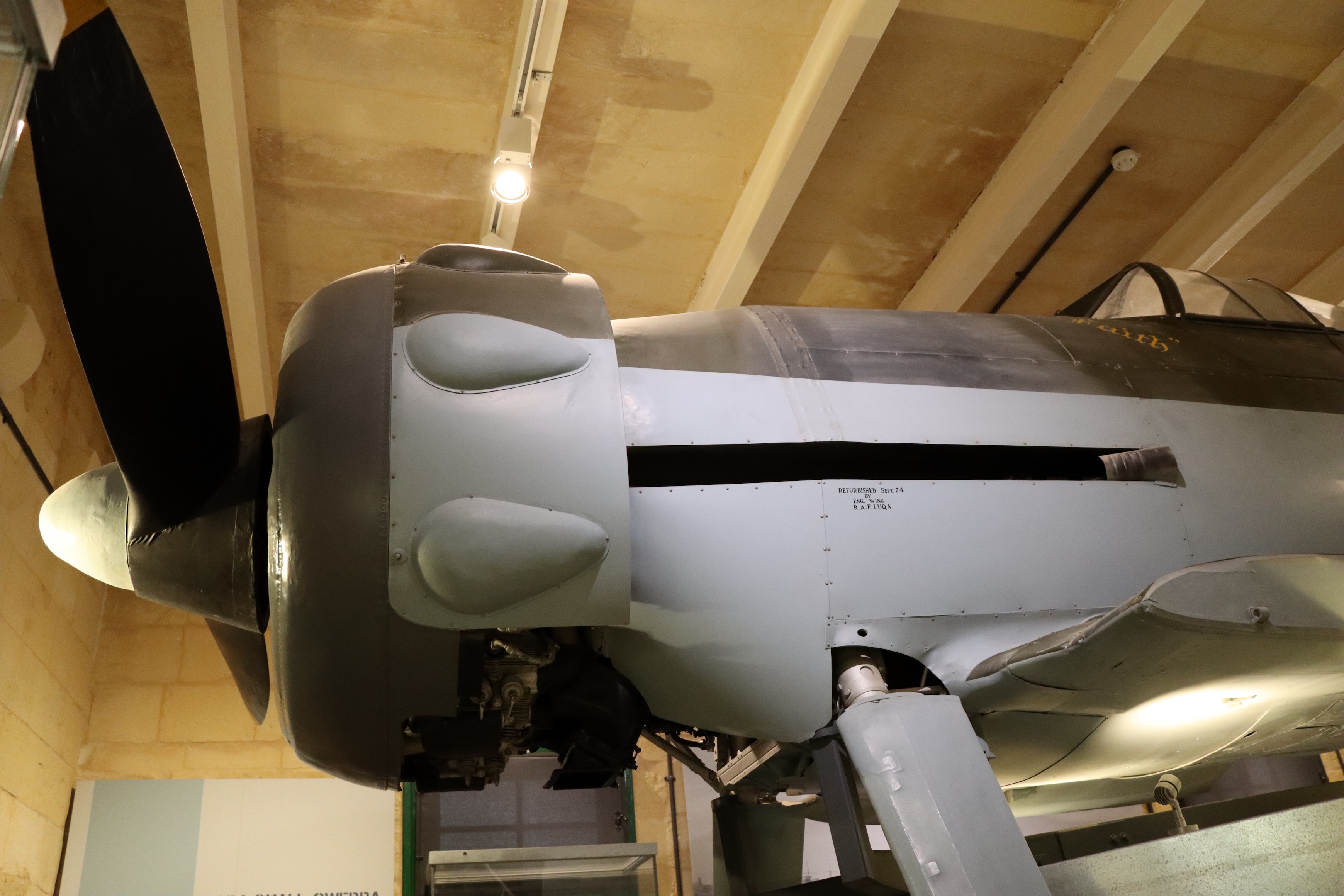
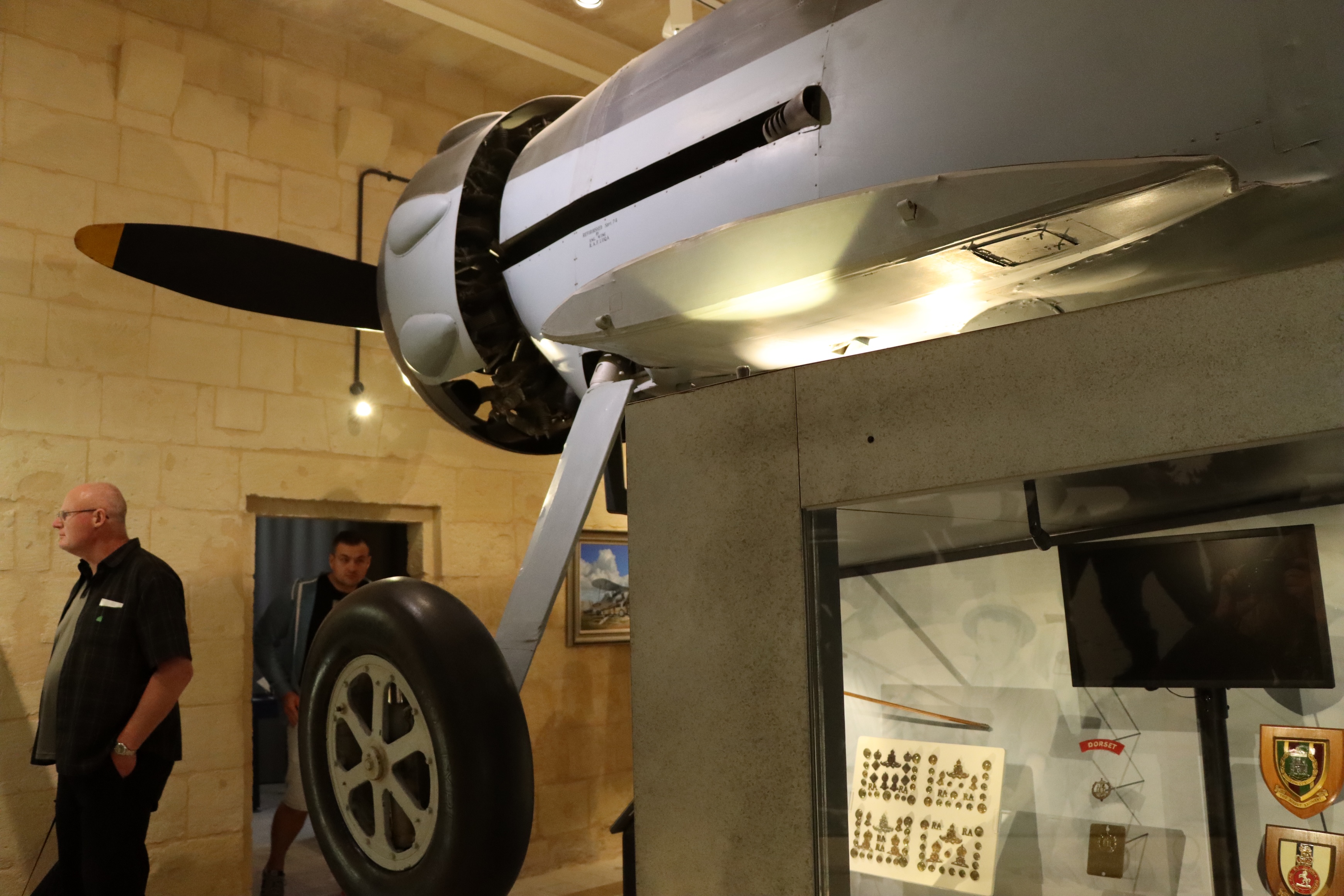
Faith is the only remaining survivor of the three Gladiator warplanes that fought to defend Malta during that time period in 1940. No one will forget the six volunteer pilots who mastered these brave, non-stop missions, especially the residents of Malta, who stood on the ground and looked up to watch them fight so fiercely. I imagine the sight gave them some hope in their darkest days.
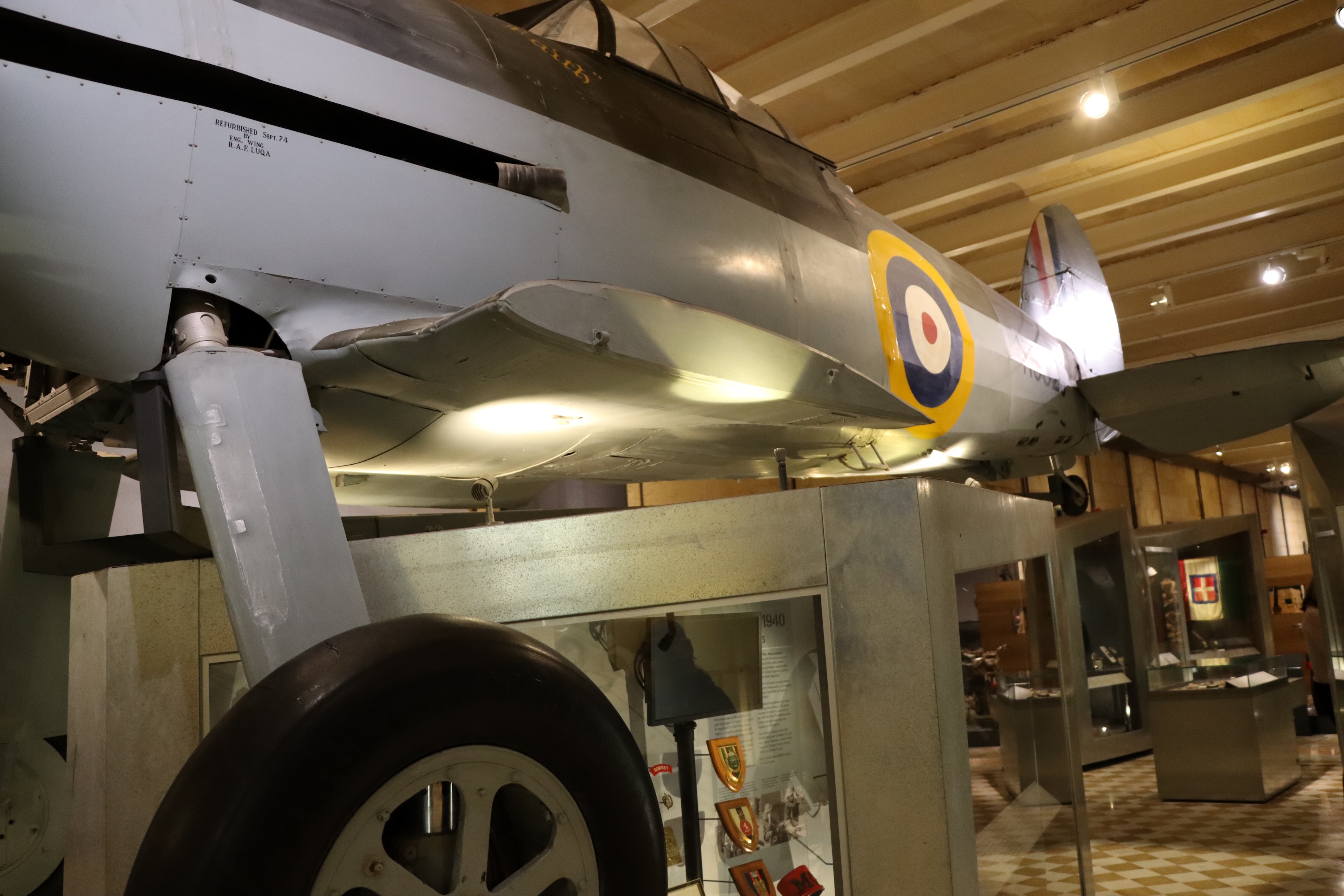
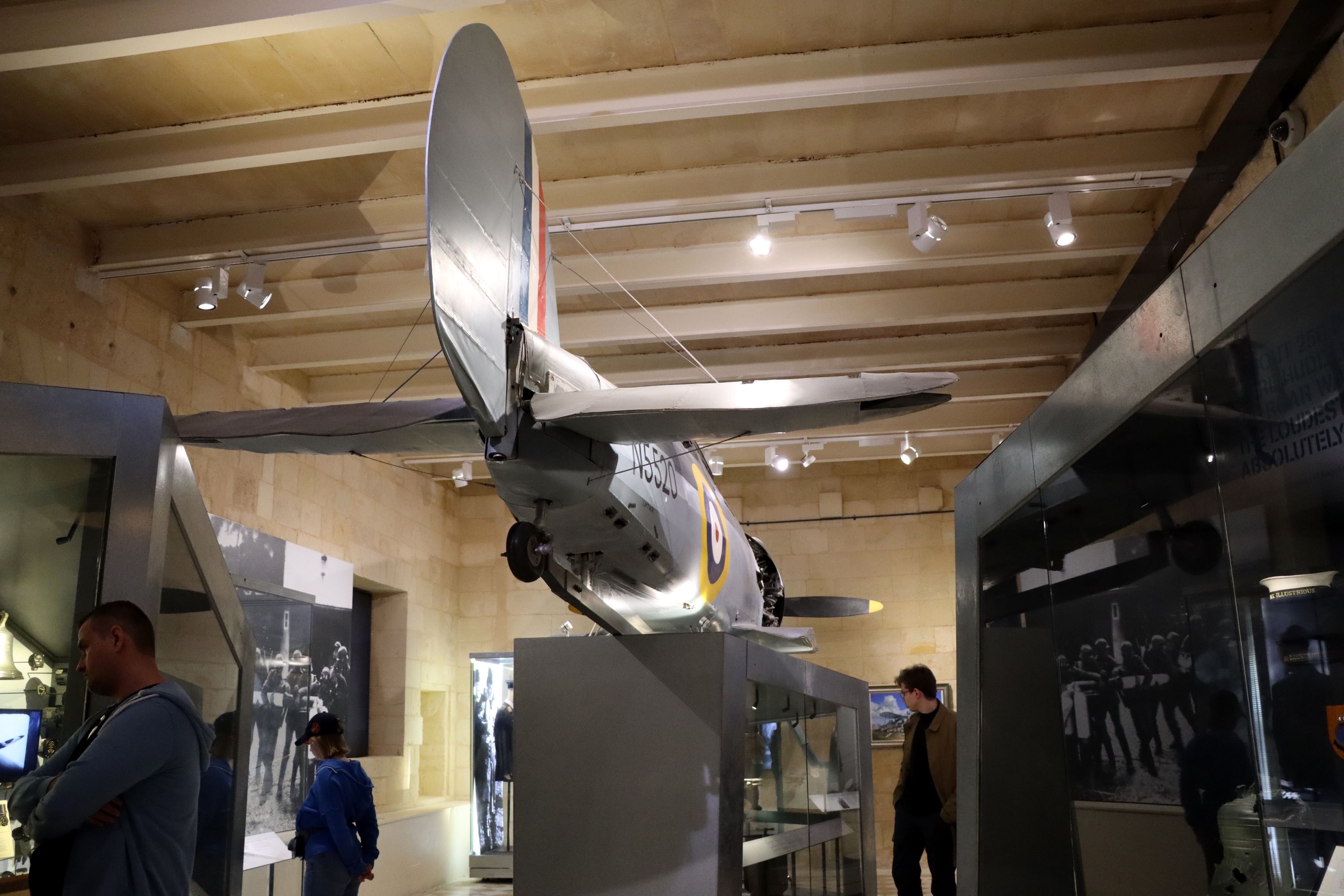
In the years ahead, the German Luftwaffe joined in on bombing the island, and by 1942, it’s said that Malta became the single most heavily bombed place during the war. In April of that year, the entire island was awarded the George Cross by King George VI, “to bear witness to a heroism and devotion that will long be remembered in history.”
Faith was salvaged from a quarry in Kalafrana. Once restored, the plane was presented to the people of Malta on September 3, 1943, by the RAF in recognition of their outstanding service.
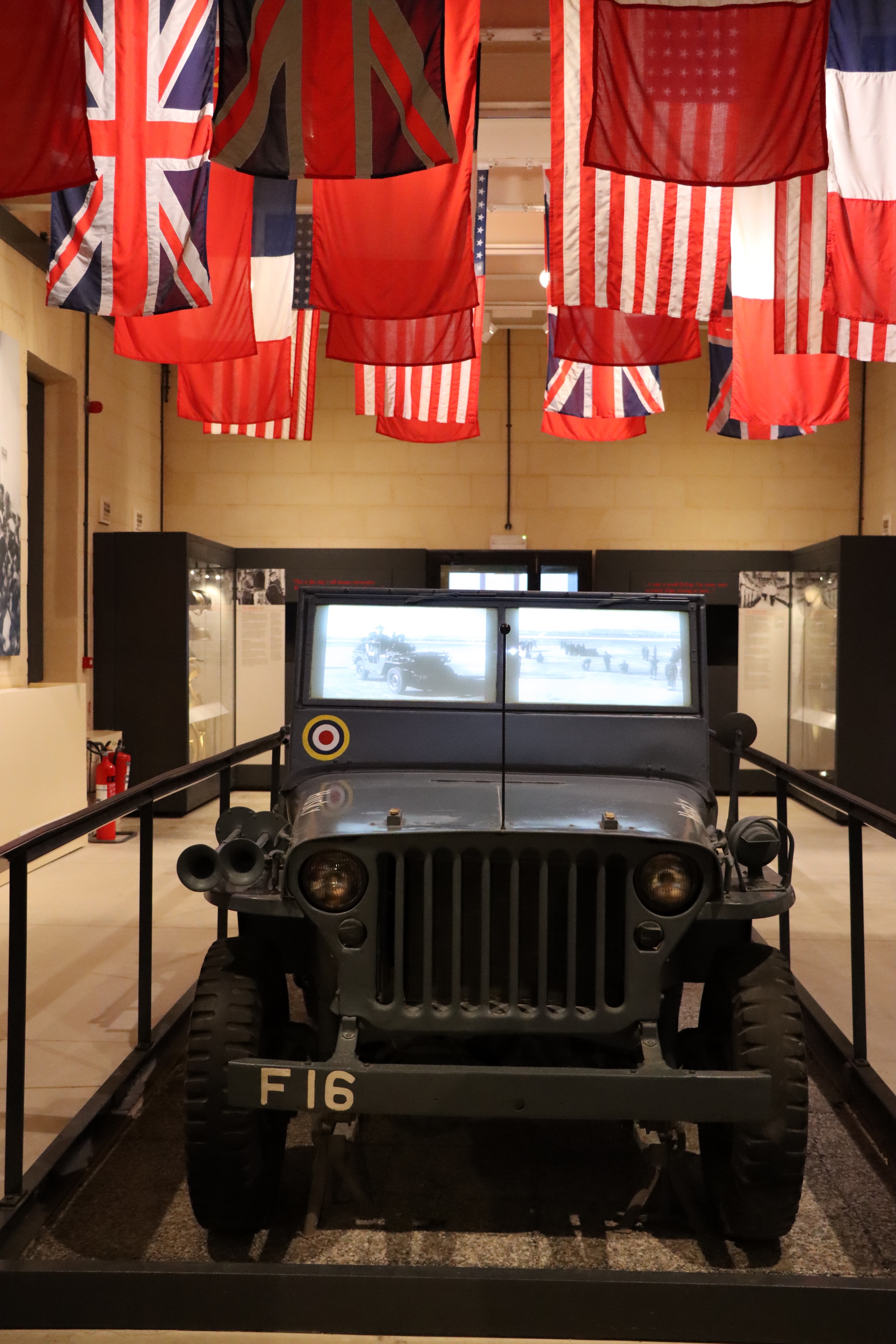
In these two halls, both dedicated to Malta’s important role in WWI, the inter-War Period, and Malta’s historical role in WWII, you can get up close and personal with Faith, President Roosevelt’s Jeep “Husky”, and the award that was presented to the people of Malta for their gallantry, the George Cross. (So impressive!)
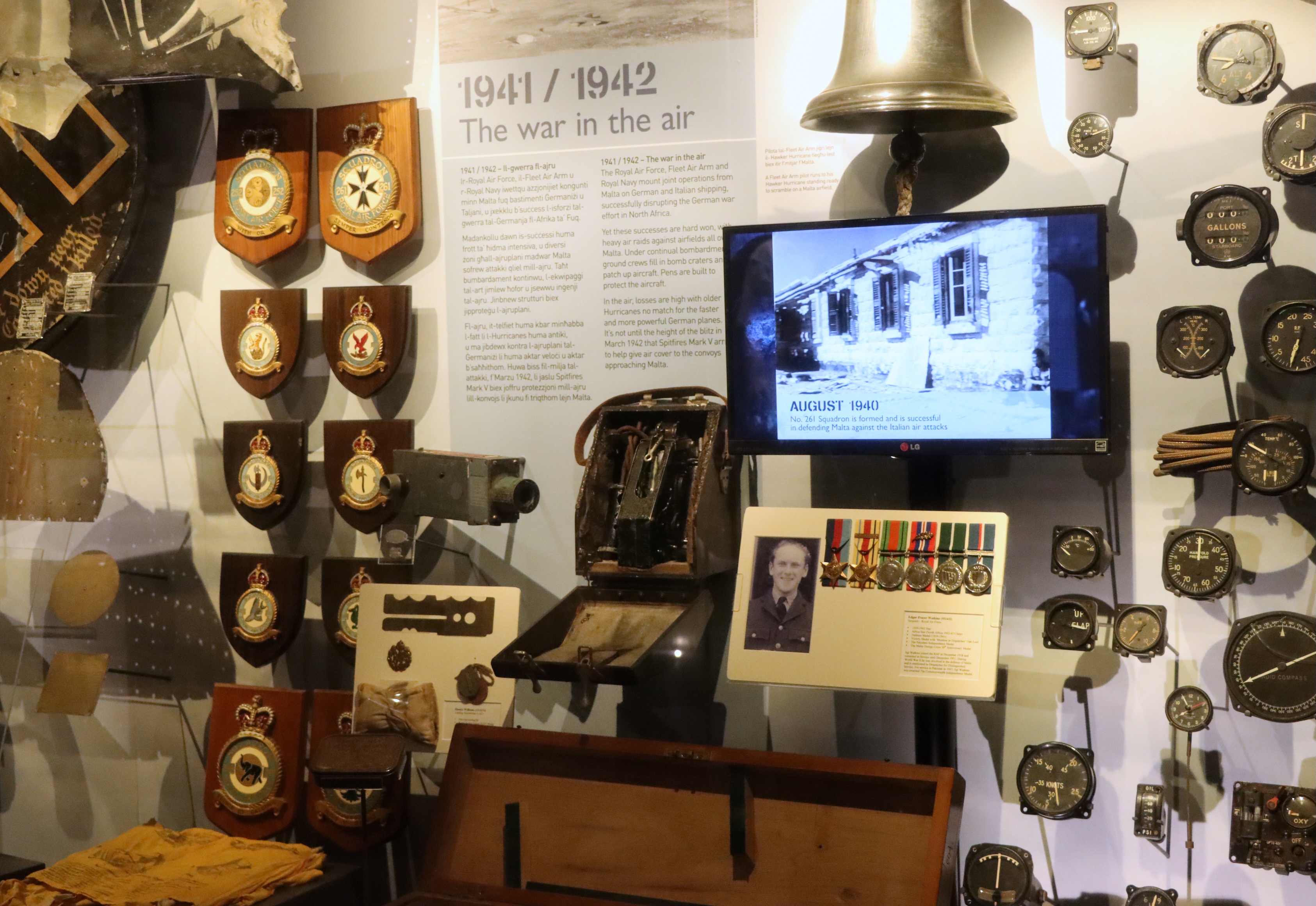
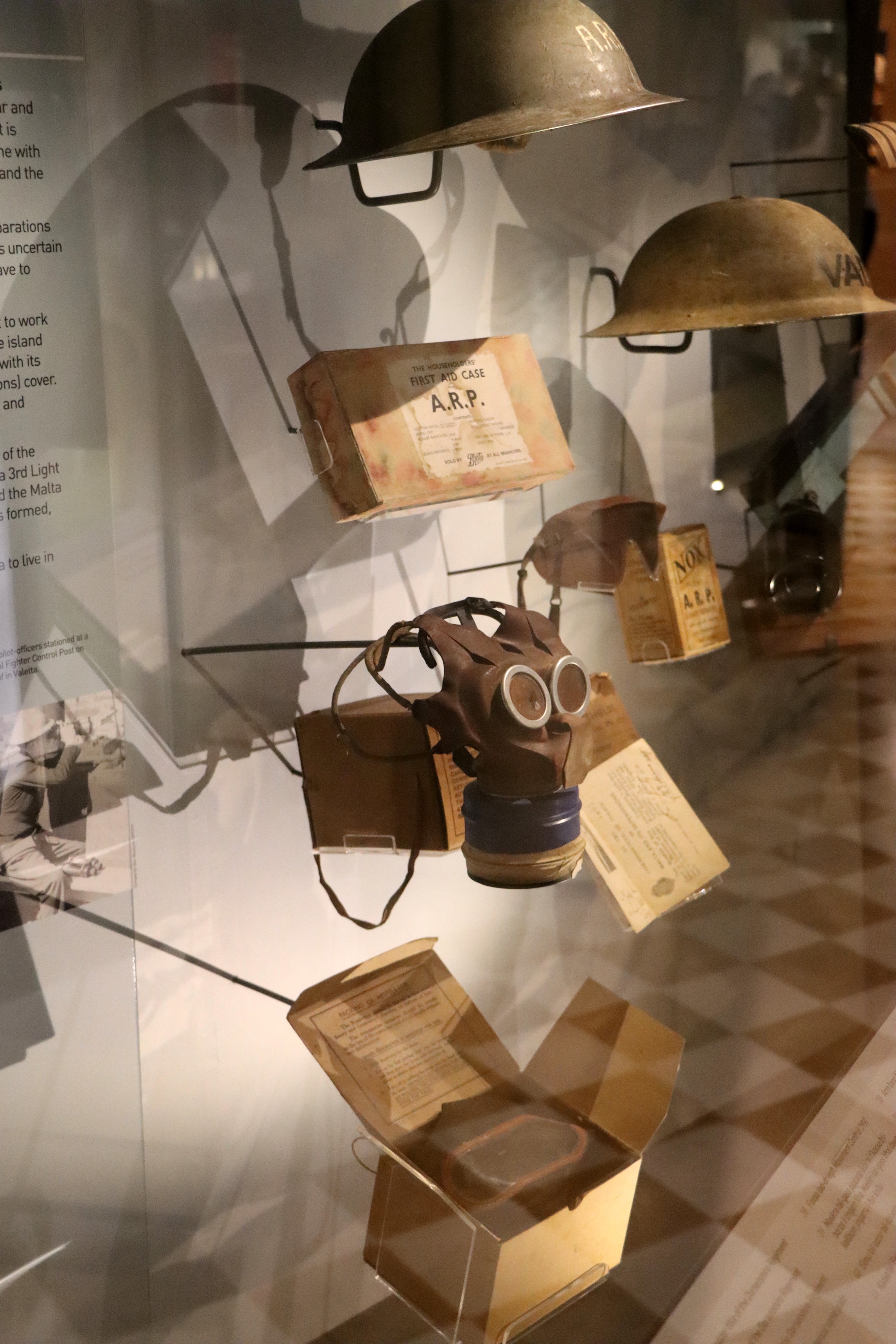
I loved my visit to the fort and museum, uttering a silent thank you to all those who fought so bravely to keep the world free.
I’m working on another piece about this museum and other historic time periods covered in their exhibits (think knights!), so keep an eye out for that. It will be posted sometime towards, or in the New Year.
If You Go:
Tickets: Adults €10, Seniors/Students €7.50, Children (6-11 years) €5.50, Infants free. Heritage Malta Members are admitted free. Heritage Malta Passport Holders are admitted free.
They offer free admission to various entities, including ICOM cardholders, MTA-licensed guides, and Local Teachers cardholders. Guide dogs are allowed in all areas accessible to the visitors. They also offer a 10% discount to groups of 10 or more individuals. “As all open HM sites, we accept the HM passports schemes. Special combined tickets are available from the main reception, and most are also available for purchase online. These will give access to multiple sites and museums at a reasonable price.” From the reception desk, visitors can buy Hypogeum last-minute tickets. They also offer a wheelchair service and lockers at no additional cost.
Hours: Every day, 9:00 am – 7:00 pm. They are closed January 1st, Good Friday, December 24th, 25th, and 31st. This listing is for 2025, through October 31st. I do not see hours for 2026 yet.
* * *

Theresa St. John is a freelance travel writer, photographer, and videographer based in Saratoga Springs, New York. She is interested in WWII history, museums, food, slavery, the Underground Railroad, interviewing interesting people, restaurant reviews, local travel, anything ghost-related, and the Erie Canal, among other things. Theresa loves to travel and sinks her feet into the moments of places she visits. Her photography essays, along with the written word, help tell the story to readers everywhere.